EMoP’16 c/o SM & KdpV
- Christian Hain
- Oct 7, 2016
- 8 min read
Updated: Apr 1, 2020
(Berlin.) Institutions in eight European cities hold biennial photo exhibitions under the name of European Month of Photography. That much everybody can agree on. Going into details, it gets complicated. EMoP is not a pan European festival arriving in all participating cities at the same time. Nor is it a huge event traveling the continent Manifesta-style. Berlin has a European Month of Photography every other year in October, the Parisian European Month of Photography recently switched from November to April - next edition in 2017 -, and who ever knows what Athens, Ljublana, Luxembourg, Budapest, Bratislava and Vienna are up to? They all use the label European Month of Photography, but there seems not much cooperation, or only shared marketing, left. Apparently, everybody just does as he pleases. Even the event’s website lost track and doesn’t list exhibitions any more recent than 2014.
The biggest, the best known, photo institution on Berlin soil, the Museum of Photography - Helmut Newton Foundation features in the BerlinEMoP’16 catalogue with a three day photo book fair on the first weekend of October, but with one exception their current shows are on since June, and will continue for much longer than only this month. The festival’s headliner instead is c/o Berlin.
Some think, when sending them anything by post, from invoices to artist portfolios, you need to put “c/o Amerika-Haus” in the address line, and that’s how the institution got its name. After all, “Amerika Haus” is what’s written in large letters on the building. But soon as you start to investigate, you learn that’s not quite how it is. Now if you allow us to briefly digress here: In the early days of the Cold War, the US of A opened cultural institutions with a mission to promote the only, the Western, way of life; in German speaking countries these were given the name of “Amerika-Haus” (“House of America”). Propaganda would be a harsh word, it was more sort of a cultural Marshall Plan to re-establish Western, or basic human, values, something undoubtedly very much needed back then. About five decades later, at the turn of the millennium, the USIA (US Information Agency, for some years operating as USIS which would sound funny nowadays; “U and I”) who had orchestrated the programme got integrated into the State Department, and all Amerika-Hauses in Germany and Austria were closed. By that time, the German population had gotten used to them, particularly in Berlin many cherish nostalgic feelings for the Anti-‘Nam sit-ins of their youth with “Stars and Stripes flambés” in the Amerika-Haus’ front garden, the place to be back in the ‘60s. It is only by coincidence, that photographers and friends founded c/o at about the same time when the Amerika-Haus was shut down. Having initially resided elsewhere, they rented the building from the city of Berlin in 2015, and decided to keep name and letters on the outer walls.
c/o hosts a score of photo exhibitions and related events every year, it proudly displays the names of its sponsors in the lobby, the list being headed by businessman Lars W. who’s gone all the way from teenager-assembling-computers-in-the-garage to convicted bankrupt to private equity tycoon (living in London, he’s also a long-time sponsor of the Serpentine; suddenly our mind summons images of him and HUO out on a bender, we don’t want this). To celebrate the European Month of Photography – Berlin 2016 Issue, c/o hosted four days of talks, conferences, lectures, exhibition openings and parties. We skipped the talks, conferences and lectures, and first went on Saturday night. Outside somebody was playing guitar, but steady rain threatening to dilute our beer compelled us to go inside and have a look at the exhibitions. There are three of them (plus an installation in the patio). Let’s start with the highlight, Maja Wirkus’ photo objects: (un-)geometrical monochrome cut outs relating to architecture and origami. It’s not a new idea to mix photo and sculpture, but here it is perfectly executed. Photos of architecture are used to form abstract architecture. Wirkus is presented in c/o’s Talents series that juxtaposes a young photographer with an equally inexperienced critic (in this case Jule Schaffer). We are not sure if this a good idea, a title like Talents always seems a tad derogatory (like handicapped/senior/hobby/women/whatever artists), and Wirkus can undoubtedly hold her own among the grown ups.
Black and white photography lives, and matters. Gordon Parks‘ images of mid-20th Century Black America are a fascinating document of the past (and the present might not be all that different). Frozen movements with a message, and Parks definitely had an eye for composition - you could copy his photos in drawing, replace all people with lines and circles, and get a nice abstract work. Of course, the fashion industry soon noticed how perfectly he set things and people in perspective, and after getting hired, Parks learned to use colour in his journalistic work also.
It was a little bit annoying when on our first visit to c/o a private reception was taking place upstairs, and the girls with the clipboards flatly denied any exhibition being on there too. Gladly we came back the next day to have another beer, and this time nothing stood in our way to see the works of Adam Broomberg and Oliver Chanarin.
They do collages of bible pages with images of all aspects of human existence, some taken by themselves, some sourced from the web. The overall topic is war, in the sense of “it’s bad”. The shock potential is great with a lot of mutilated corpses; violence is an eminent part of human existence. The artists don’t truly tackle theodicy, nor the question whether all of this doesn’t need to be exactly as it is for life and man being what they are (evolution, biology and psychology, meaning only ever possible on the background of time and death, anybody?). The photo selection seems arbitrary despite some words being underlined in (blood-)red on the pages - most often it is the ever-recurring “and it came to pass”. Ok, this refusal of an explanation or denunciation could be fine, but the artists don’t seem to really share the implied fatalism. Nor a Hindu “f*ck it, this all happened scores of times before, now get back to your part in the play”. The exhibition’s second part is largely the same, but instead of the bible there’s a text of Bertolt Brecht now.
To round up our EMoP’16 experience, we chose to visit two more venues that can be considered exemplary for the range of events. First there’s Sprüth Magers, arguably one of, if not the, most successful Berlin art gallery. Following the truism, “Go where your customers are”, Monika Sprüth and Philomene Magers (say what you want, but you need to be ... special to punish your daughter with a like name; humanist education or not) have dependencies in London for sheiks and oligarchs, L.A. for the glamour, and the obligatory Hong Kong office for our future overlords. We always tend to confuse Sprüth Magers with Hauser Wirth who operates in pretty much the same locations (with the addition of New York, and Zurich instead of Berlin); when writing these lines we were convinced, SM hosts exhibitions in a Somerset cottage for the landed gentry, alas it’s HW! We’re strangely resistant to brand differentiation strategies.
It was a surprise to learn, Sprüth Magers condescends to participate in EMoP, but they do. Upstairs, the ground floor is reserved for a huge Calder’ish mobile by Sterling Ruby. Andreas Gursky also figures on their list of artists, and having some time to spare, the master agreed to choose three photographers from his Düsseldorf Academy class. This, of course, is sort of a casting show, the star presenting three hopefuls, and you - the collectors among you - are the jury. If Louisa Clement, Anna Vogel or Moritz Wegwerth do sell, they might be awarded with a slot in the gallery panel. But they are all winners by having this in their resume.
Gursky fares well in curating, almost too well. It’s not easy to tell the different artists apart. It all flows together, much of the show looks like painting, there’s even an actual sculpture. With the help of a leaflet we learned, Louisa Clement is the one who focuses on body parts, she shoots heads and arms of mannequins. As so often, you should put the official explanation aside and see for yourself. The robotic arms seem to point to robotics (that’s an easy one!) and medical cyborgs (we always wondered if people with a prosthesis would say, it’s much better than their “biological arm” that failed to do the job). Anna Vogel’s neo-neo-neo pictorialist abstraction is the most aesthetic of all three styles, and Wegwerth again abstracts people: A mass appears in pure form, dehumanized in alienation, in patterns and lines.
In the staircase, one more photo features copulating flies. This could be a new trend. At Eigen&Art, another big gallery – almost exclusively known for paintings! – that participates in EMoP’16 we admired crickets copulating on photos and men in tiny toy sculptures. Then learned, it’s actually about Chinese cricket fights. Chinese not only revel in slowly torturing to death everything remotely edible, but have a thing for non-human gladiators too. The sculptures are meant to quote Senegalese wrestling which appears to be at least as pornographic as MMA. But we did not even want to mention this show of Rémy Markowitsch. You might go there if you’re in the area. The receptionist was really stressed out by the chirping soundtrack she’s forced to endure all day.
There are a lot of project spaces, galleries and even embassies welcoming photography these days, EMoP prides itself with a total of 150 locations. Some of them already opened their contribution in mid September, others will do so over the next weeks. No offense, but could it be that basically everyone who intended to show some photography this autumn, was offered to appear in the EMoP catalogue, without conditions or fees?
Leafing through that catalogue, Klub der Polnischen Versager, literally: Club of Polish Losers, sounded inviting. And their show was open when we wrote this feature. Arriving there, we realised it’s a bar next to a squatted house. Vodka is 2 Euros, beer also (no choice of brands, one fits all like in the good old days. If it would be any different, the neighbours might throw a rather fiery cocktail through the glass). Again the rain fell heavy outside, and we found ourselves alone with the owner(?) who read a magazine and changed places to allow us to see all photos on every wall (and maybe to keep us under observation, there were some books and catalogues lying on a table at the door).
Wojtek Skowron‘s Japanese Places could have been photographed pretty much everywhere, apart from the one with a Japan registered car maybe. The house fronts and interiors are not typically Japanese in the sense of “typical for Japan", but only typical if you are an interior designer who sells every emptiness as “minimalist Zen style”. No bamboo paravents, no tea tables or futons here, only empty spaces that can be found all over the world, from Tokyo to Berlin, New York or Wrocław. Maybe Skowron‘s works show the origin of a cliché by which they then judge reality. Technically his small prints are fine, with composed abstraction once again.
And that’s it, it being only 3 p.m. we decided to act responsibly for once: No vodka just art.
European Month of Photography Berlin, sometime in September-when all shows are closed, Berlin
World of Arts Magazine - Contemporary Art Criticism

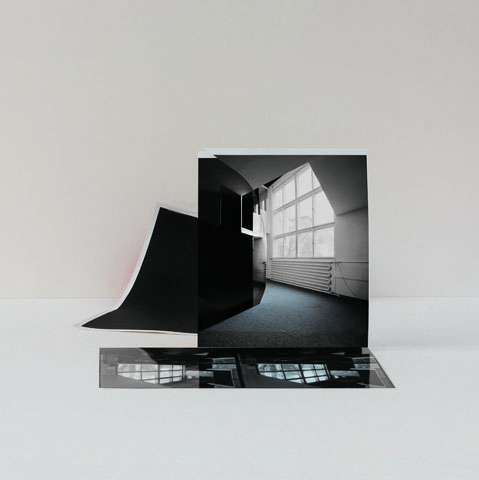

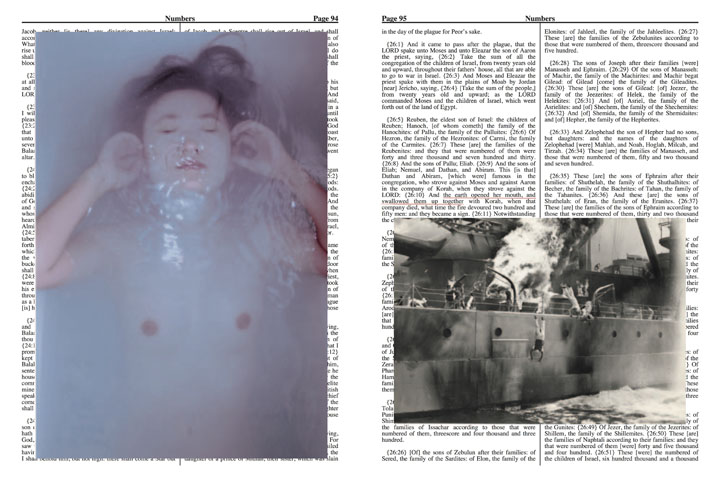

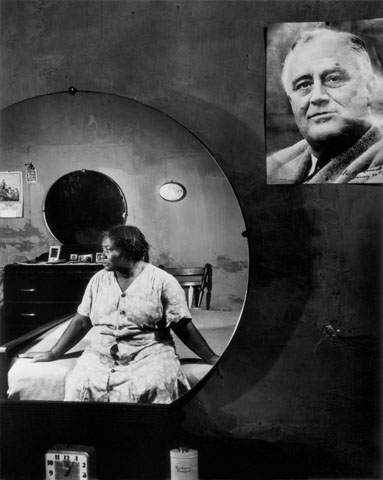

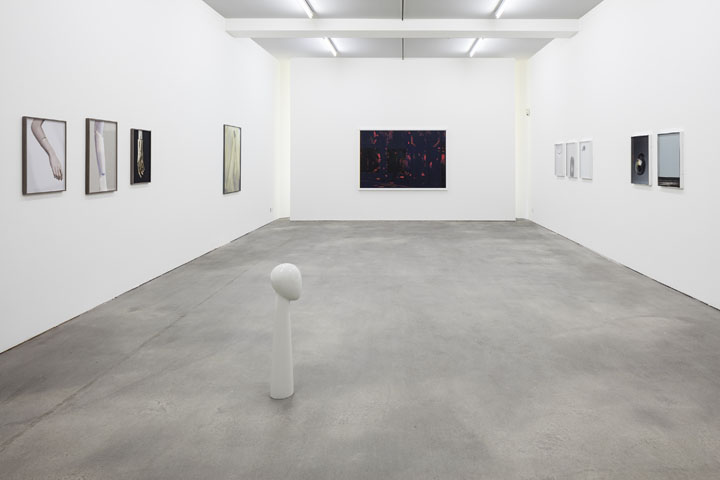

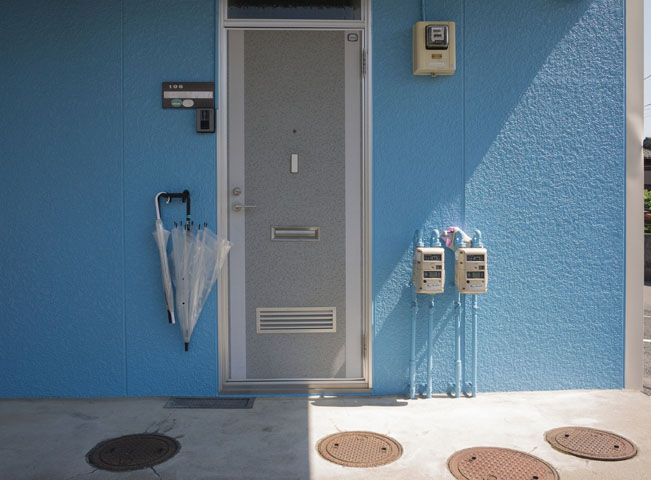

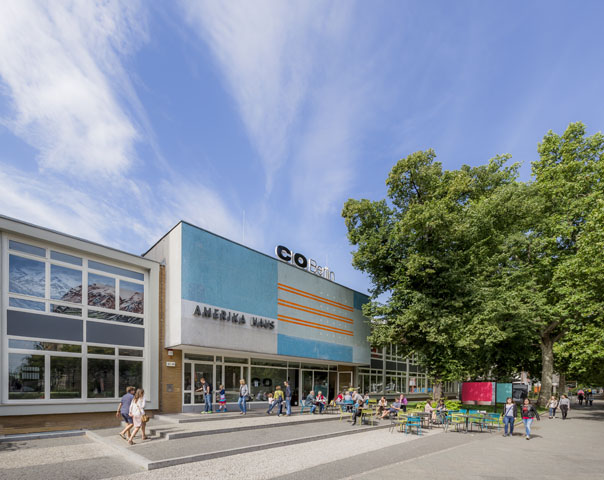
Comments